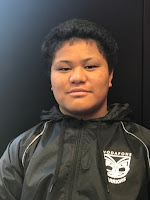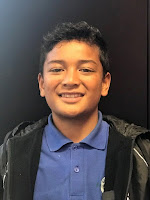Animated Stories and Brief Development
In Semester 1 this year, the first class that I had was a mix of Year 7 students from Glenbrae School. The focus of this Semester was to teach code sequences to develop Animated Stories in Scratch, and for students to undertake Brief Development associated with their DigiTech projects.Student Blogs
If you click on the student photos below, you will be able to navigate to the student blog posts that students wrote which includes links and embedded animations for some of the work that they undertook in DigiTech this semester.Students Blogging, but what to blog?
Some of the students were already blogging reflections on what they were learning in Technology when they returned to school.Before the students moved from my specialist subject into the next Technology subject, I specifically wanted the students to blog an overview of some of the tasks that they had completed, relating to Brief Development, as well as the outcome that they had developed; that being, an animated story.
It was easier for me to model to the students, what I wanted them to include in the blog post overview. This would ensure that students linked and embedded tasks associated with Brief Development and their Animated Stories. Therefore I broadcast a model blog post for the students to follow, as shown in the image below.
Students had the option of linking their completed tasks from their Google Drive to the text in the bulleted list, or, linking previous blog posts to the text in the bulleted list.


























